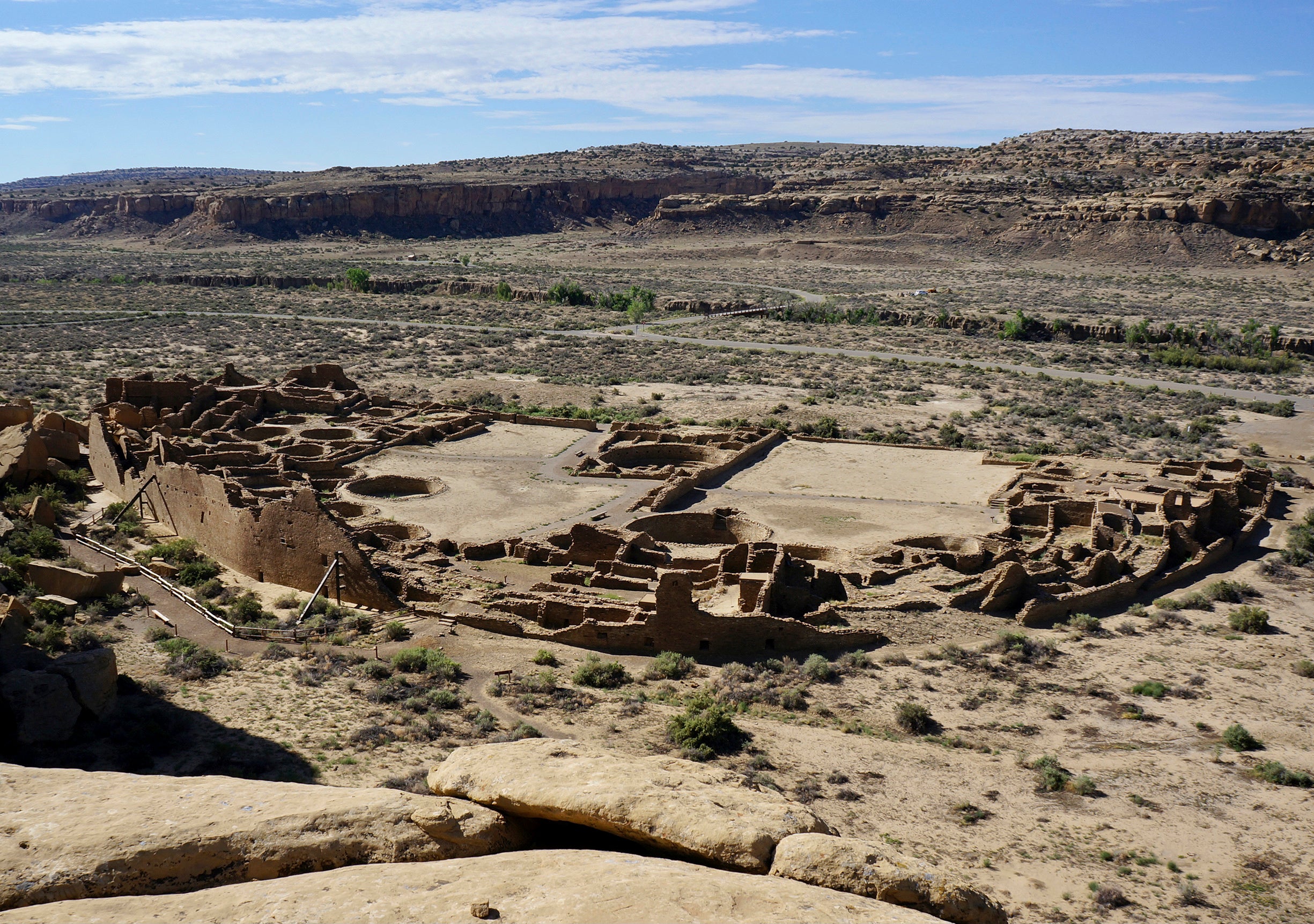Study details environmental impacts of early Chaco residents
Researchers at the University of Cincinnati say they have more evidence that Chaco Canyon in northwestern New Mexico was more than just an ancient gathering spot for Indigenous ceremonies and rituals

Researchers at the University of Cincinnati say they have more evidence that Chaco Canyon in northwestern New Mexico was more than just an ancient gathering spot for Indigenous ceremonies and rituals.
The researchers analyzed pollen content and the chemical composition of soils to help document environmental impacts of the early residents who called the area home, which is now a national park and UNESCO World Heritage site.
Their findings, published this week in the journal PLOS ONE, focus on changes resulting from tree harvesting that sustained daily life at Chaco.
The researchers reported a gradual degradation of the surrounding woodlands beginning around 600 B.C., much earlier than previously thought.
While some of the mysteries surrounding Chaco are still debated in academic circles, there’s agreement that the massive stone buildings, ceremonial structures called kivas and other features that dot the landscape offered a religious or ritualistic experience for the ancestors of today’s Native American pueblos. Many of Chaco's structures are aligned with celestial events, such as the summer solstice.
David Lentz, a biology professor and lead author of the study, said many researchers have the idea that Chaco was too arid to sustain day-to-day living and that the infrastructure built over many centuries at Chaco was used only as a periodic ceremonial center and storage facility.
Lentz said that explanation is too simplistic and that his team turned up evidence to support human management of the area's environment to support daily life.
Amid the shift from people hunting and gathering to underatking agriculture, the researchers noted measurable changes — such as juniper trees decimated for building needs, food resources and firewood for cooking.
“This is a very arid area,” he said. “In arid woodlands, the trees are essential for holding the soil in place. When the puebloan inhabitants removed those woodlands, the result was eventually severe erosion and the deterioration of croplands.”
Paul Reed, a preservation archaeologist with Southwest Archaeology, was not involved in the study and said the new research confirms what he has believed for years — that Chaco and some of its surrounding sites were residential and ritual centers. He estimates that Chaco had thousands of full-time residents.
Another Chaco scholar, Gwinn Vivian, came to the same conclusion while studying Chaco’s agricultural capacity decades ago.
Reed said the latest study provides helpful data on the nature and extent of Chaco’s agricultural processes and other uses of the natural environment by the people who lived there.
“It is a strong counterpoint to the mistaken idea that corn and other crops could not be grown in the quantities necessary to sustain a large, residential population in Chaco Canyon,” he said.
Scientists in recent years also have uncovered previously indiscernible sections of roads that connect sites throughout northwestern New Mexico to the heart of Chaco.
Earlier excavations also turned up everything from copper bells to marine shells and the skeletons of scarlet macaws, suggesting the inhabitants were trading with communities to the south either by making long treks or passing goods from village to village.
Many researchers have documented the shift of people moving away from Chaco due to various factors, including a changing climate in the late 11th century.
The study by the University of Cincinnati team noted that the landscape modifications by Chaco residents triggered serious environmental ramifications.
“At the cost of major reduction of tree density in the local woodlands, their activities ultimately contributed to a destabilizing environmental impact prior to their final exodus,” Lentz said.